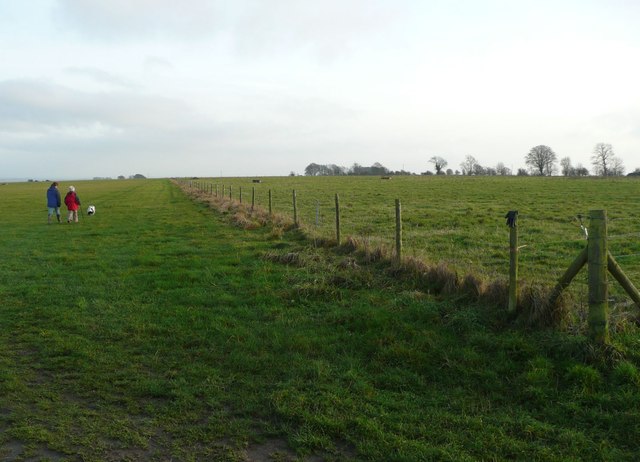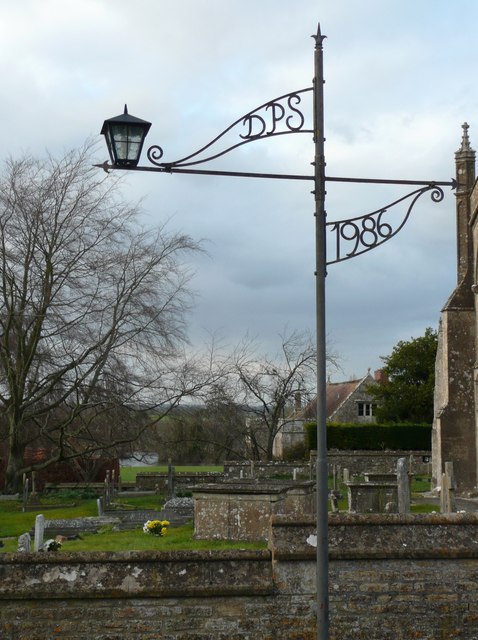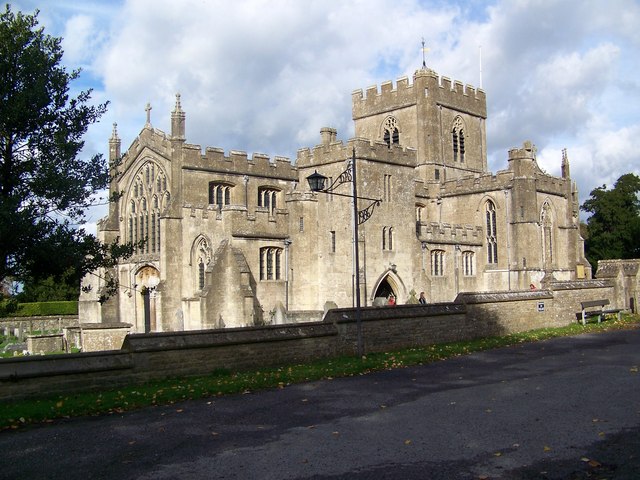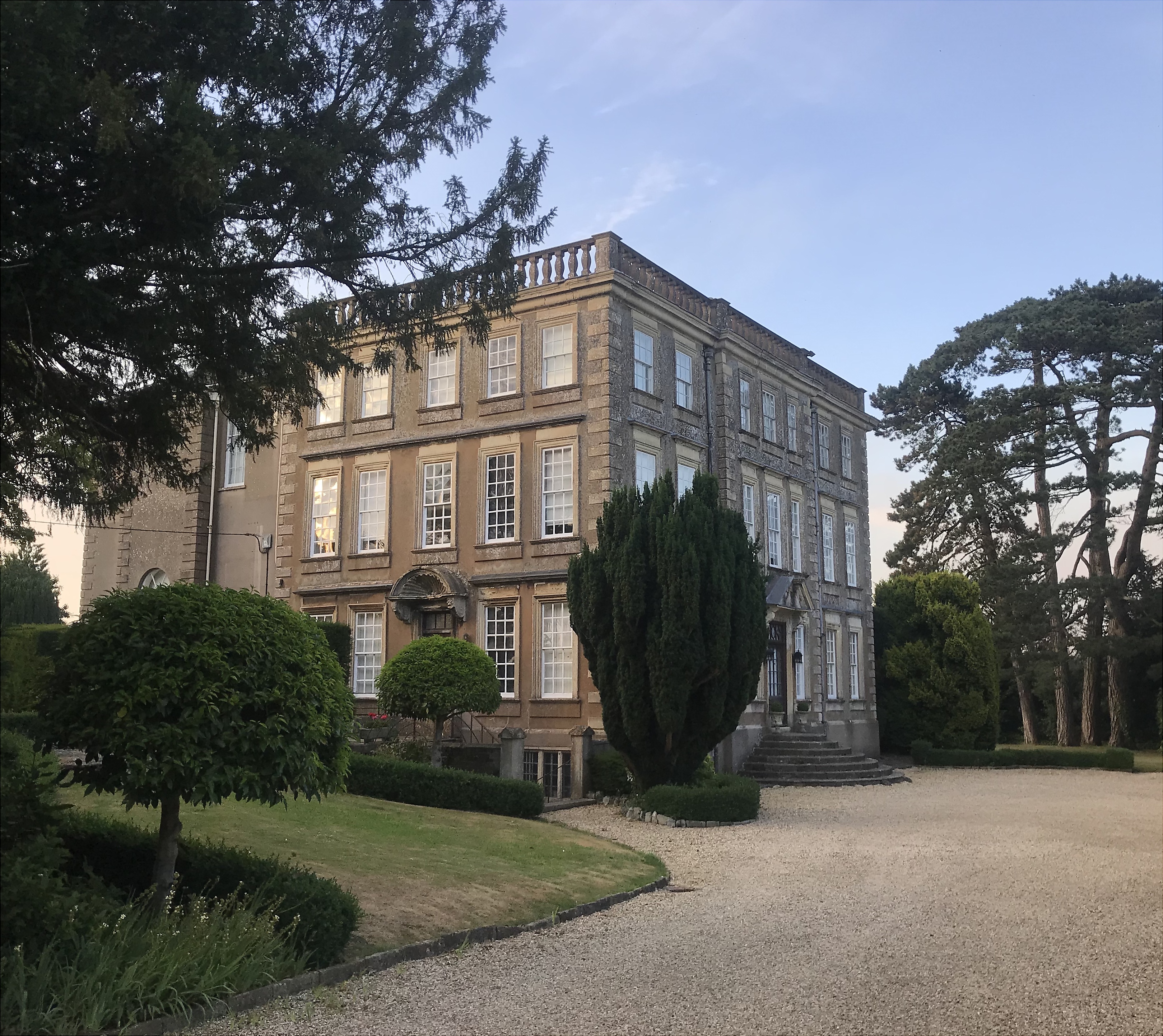Tottenham Wood
Wood, Forest in Wiltshire
England
Tottenham Wood
![Tomb of Sir Edward Lewys - priory church, Edington This quite magnificent canopied tomb and monument was erected by the grieving widow in memory of her husband who died in 1630. The alabaster effigies of Sir Edward Lewys and his wife Anne Lady Beauchampe lie recumbent, she is raised a little higher than he in recognition of her superior rank. The principal inscription reads (in modern English):
'Here lye the Bodyes of the Right Worshipful Sir Edward Lewis late of the Vane in the County of Glamorgan Knight one of the Gentlemen of the Privy Chamber to Prince Henry and after to King Charles: and of the Right Hon’ble Anne Lady Beauchampe, His Wife, the Widow of Edward Lord Beauchampe Daughter of Robert Earle of Dorset, by the Lady Margaret Howard, Sole Daughter of Thomas Duke of Norfolk. They had issue Living Fower Sonnes, Edward, William, Richard and Robert, and One Daughter, Anne Lewys, He Departed this Life the 10 October 1630. In Memory of whom his Mournful Lady erected this Monument for Him and Her Selfe, who deceased the.. [remainder missing]' - 25th of September 1664.](https://s0.geograph.org.uk/geophotos/02/68/61/2686136_459aec9d.jpg)
Tottenham Wood, located in the county of Wiltshire, England, is a picturesque forest area that offers a tranquil escape from the bustling city life. Spanning over several acres, this woodland is known for its stunning natural beauty and diverse flora and fauna.
The forest is predominantly composed of broadleaf trees, including oak, beech, and ash, which create a dense canopy and provide a haven for various bird species. Visitors can expect to spot woodpeckers, tits, and thrushes, among other woodland birds. The forest floor is adorned with wildflowers, such as bluebells and primroses, which add vibrant pops of color to the landscape during the spring months.
Tottenham Wood is crisscrossed by numerous walking trails, making it a popular spot for hikers and nature enthusiasts. These paths wind through the forest, leading visitors to hidden clearings, babbling brooks, and small ponds teeming with wildlife. The peaceful atmosphere and the sound of birdsong create a sense of serenity that is perfect for those seeking relaxation and a connection with nature.
In addition to its natural beauty, Tottenham Wood has a rich history. The forest has been a part of the local landscape for centuries and has been mentioned in historical records dating back to the medieval period. It has served various purposes over the years, including timber production and as a hunting ground for the local nobility.
Overall, Tottenham Wood in Wiltshire is a captivating forest that offers a delightful blend of nature, history, and tranquility, making it a must-visit destination for nature lovers and history enthusiasts alike.
If you have any feedback on the listing, please let us know in the comments section below.
Tottenham Wood Images
Images are sourced within 2km of 51.270801/-2.0849675 or Grid Reference ST9452. Thanks to Geograph Open Source API. All images are credited.
![Tomb of Sir Edward Lewys - priory church, Edington This quite magnificent canopied tomb and monument was erected by the grieving widow in memory of her husband who died in 1630. The alabaster effigies of Sir Edward Lewys and his wife Anne Lady Beauchampe lie recumbent, she is raised a little higher than he in recognition of her superior rank. The principal inscription reads (in modern English):
'Here lye the Bodyes of the Right Worshipful Sir Edward Lewis late of the Vane in the County of Glamorgan Knight one of the Gentlemen of the Privy Chamber to Prince Henry and after to King Charles: and of the Right Hon’ble Anne Lady Beauchampe, His Wife, the Widow of Edward Lord Beauchampe Daughter of Robert Earle of Dorset, by the Lady Margaret Howard, Sole Daughter of Thomas Duke of Norfolk. They had issue Living Fower Sonnes, Edward, William, Richard and Robert, and One Daughter, Anne Lewys, He Departed this Life the 10 October 1630. In Memory of whom his Mournful Lady erected this Monument for Him and Her Selfe, who deceased the.. [remainder missing]' - 25th of September 1664.](https://s0.geograph.org.uk/geophotos/02/68/61/2686136_459aec9d.jpg)





Tottenham Wood is located at Grid Ref: ST9452 (Lat: 51.270801, Lng: -2.0849675)
Unitary Authority: Wiltshire
Police Authority: Wiltshire
What 3 Words
///matrons.interviewer.rehearsal. Near Edington, Wiltshire
Nearby Locations
Related Wikis
Edington, Wiltshire
Edington is a village and civil parish in Wiltshire, England, about 4 miles (6 km) east-northeast of Westbury. The village lies under the north slope of...
Bratton Downs
Bratton Downs (grid reference ST925522) is a 395.8 hectare biological and geological Site of Special Scientific Interest in Wiltshire, England, near the...
Baynton House
Baynton House is a Grade II listed 17th-century country house at Coulston, Wiltshire, England, about 5 miles (8 km) northeast of the town of Westbury....
Edington Priory
Edington Priory in Wiltshire, England, was founded by William Edington, the bishop of Winchester, in 1351 in his home village of Edington, about 3+3⁄4...
Coulston
Coulston (until 1934 called East Coulston) is a village and civil parish in Wiltshire, England, five miles northeast of the town of Westbury, just north...
Wessex Ridgeway
The Wessex Ridgeway is a long-distance footpath in southwest England. It runs 136 miles (219 km) from Marlborough in Wiltshire to Lyme Regis in Dorset...
Great Cheverell Hill
Great Cheverell Hill (grid reference ST966520) is a 33.2 hectare biological Site of Special Scientific Interest at Great Cheverell in Wiltshire, notified...
Bratton House
Bratton House is a grade II* listed country house in Melbourne Street, Bratton, Wiltshire, England. The house dates from 1715 and was built for Philip...
Nearby Amenities
Located within 500m of 51.270801,-2.0849675Have you been to Tottenham Wood?
Leave your review of Tottenham Wood below (or comments, questions and feedback).
















